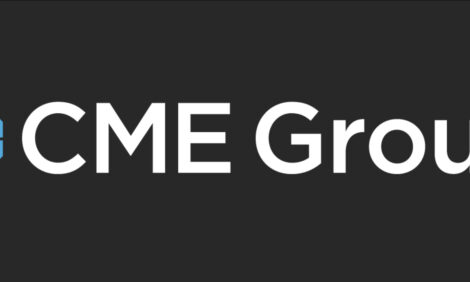



Livestock Donations in Zambia Yield Better Income, Diets
US - Some humanitarian organisations facilitate livestock donations to poor households in developing countries, but does giving a cow, a pair of oxen, or a herd of goats to a poor household really benefit the recipients? A recent University of Illinois study says it does."Our findings show that livestock transfers significantly increase peoples' incomes. We saw a large, rapid, sustained increase in consumption expenditures," said Alex Winter-Nelson, agricultural economist and director of the Office of International Programs in the College of Agricultural, Consumer and Environmental Sciences at U of I.
"For poor households in Zambia, it means spending $1.25 per day rather than just $1 per day. That's enough to change the quality of what they are able to consume," Mr Winter-Nelson said. "Their household budget increases about 25 per cent, which is a remarkable boost in income."
Not surprisingly, the study also shows that people who receive animals change their diet in favour of higher-nutrition foods, mostly milk.
"Dietary diversity is a pretty good indicator of general nutritional intake," said Mr Winter-Nelson. "We don't know the quantity of foods eaten, just the number of foods that are present in the diet. People tend to add new food groups as their income increases and they are getting enough of one food group."
For the study, 300 households in five communities in the Zambian Copperbelt province were interviewed five times over a three-year period. Three of the communities receive livestock from Heifer International and two other communities for comparison are eligible, but have not yet received animals.
"What's significant is that animal products become available to everyone in the community when they were previously absent," he said. "Even the families who didn't receive an animal suddenly have access to milk that can improve their diet and their children's diet."
Households in each of the three communities received for a different type of livestock: dairy cows, draft cattle, or goats, depending on the local conditions. Mr Winter-Nelson says the increased income and improved diet are similar across the three different animals. The difference is in the timing.
"Households that receive a dairy animal begin benefiting almost immediately because of the milk.
"Those who receive draft animals take longer to see the benefit because the need for ploughing fields is seasonal, but because they are also female cows, those households have milk available to them.
"Goats provide the slowest effect. They receive seven female goats and one male but cannot sell them for meat right away."
Mr Winter-Nelson says the delayed benefit shouldn't dissuade people from donating goats because it's typically the poorer households who qualify for only smaller animals and the goats do provide some milk.
Mr Winter-Nelson says introducing livestock is controversial because corn is fed to animals rather than people and there are environmental concerns about large amounts of manure near open water systems. He added that Heifer International, which did not fund this research, is sometimes criticised for its high overhead costs.
"Heifer is a very high-touch program, which is why the costs may be fairly high, but it's extremely effective, in large part because they give communities the knowledge and skills they need to succeed on their own."
Mr Winter-Nelson explained that there is at least a year of preparation from the time a community is accepted into the program until they receive animals. In that time, Heifer provides entrepreneurship training, community development, veterinary services, and marketing - all with group accountability.
Heifer also requires a commitment to pass on the firstborn female offspring.
"The group has to have a degree of cohesiveness so the process won't become conflict-ridden," he said. "There has to be an agreement about who receives animals in the first, second, or later distribution, for example.
"The bottom line is that income significantly increases and diets improve when livestock is introduced to a community in the context of a well-developed support system, like the one Heifer establishes. If you give poor families an animal without this kind of support, the outcome is less certain."
TheCattleSite News Desk


